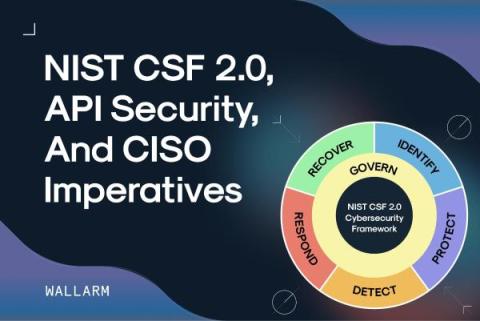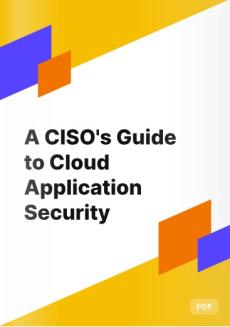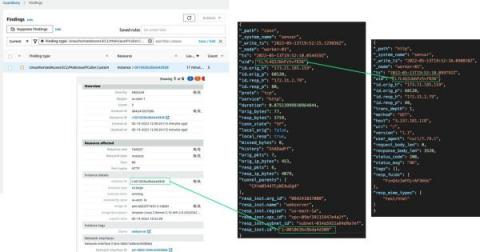Uplevel to Next-Generation Vulnerability Management with our CISO Guide
Vulnerability management is difficult and not getting any easier. CISOs and security teams struggle to keep their organizations safe from cyber security threats that come from software flaws. A big part of the challenge is the growing number of vulnerabilities that need to be fixed and the lack of resources available to remediate them.










